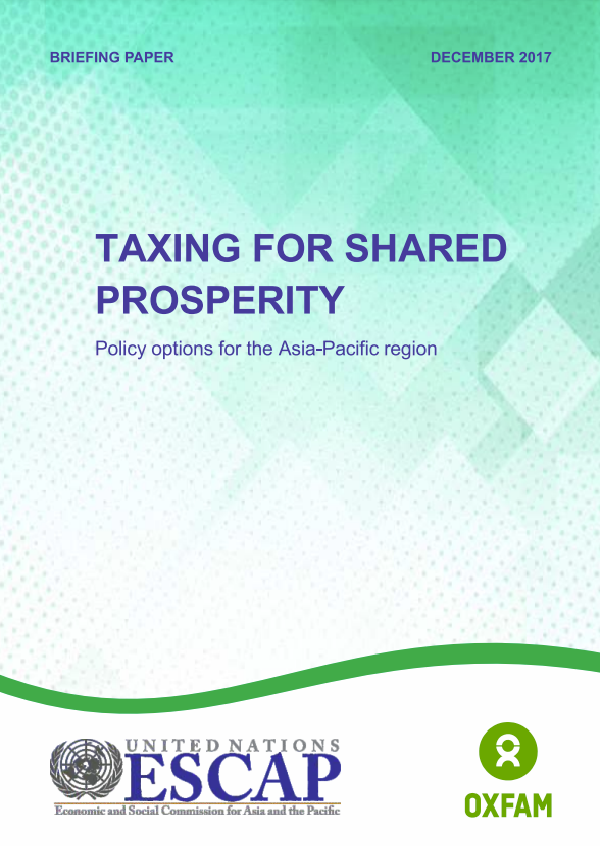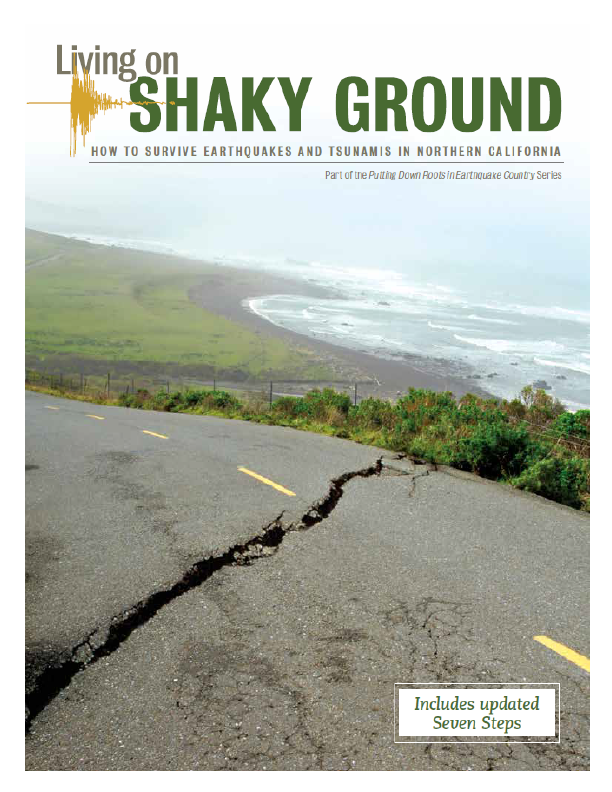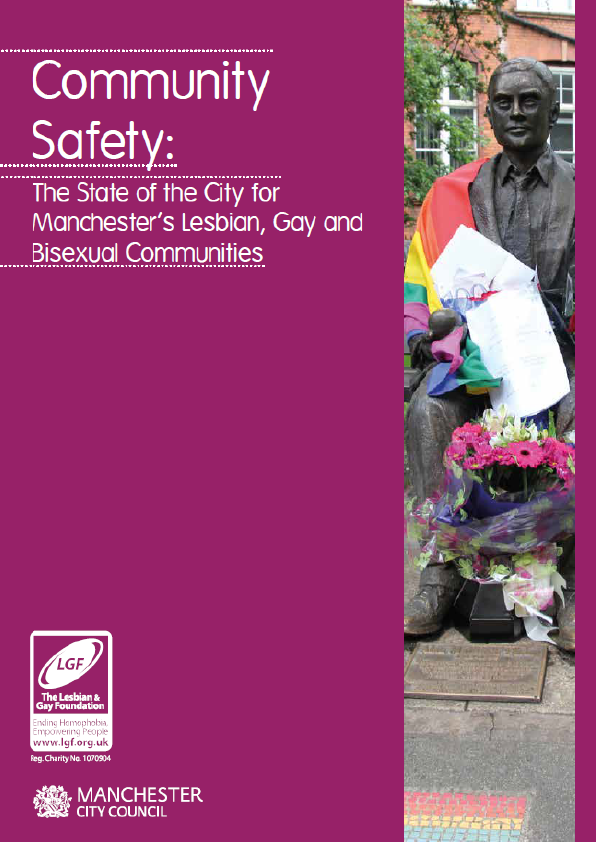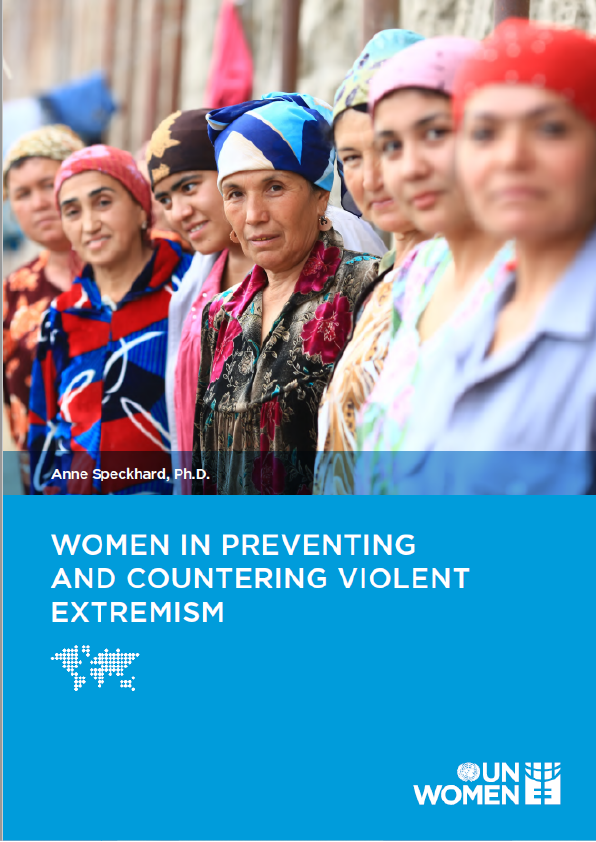The Asia-Pacific region was a model for ‘growing with equity’ in the 1970s and 1980s. Rapid economic growth was achieved without major increases in inequality. However an economic take-off and market-oriented reforms in recent years, despite helping hundreds of millions to be lifted out of extreme poverty, has been accompanied by growing income and wealth gaps between rich and poor. This increase in inequality has greatly diminished the ability of economic growth to reduce poverty. There are wide varieties of economic inequality, most notably income inequality measured using the distribution of income (the amount of money people are paid) and wealth inequality measured using the distribution of wealth (the amount of wealth people own).
This report suggests a course for the region’s economies to be defined by inclusive growth and shared prosperity. It argues that tax policies can play an essential role in an effective pursuit of Sustainable Development Goal 10, which calls for reducing inequality. Taxes provide the main public revenue source for financing essential public programmes for inclusive development, such as healthcare, education, social protection and welfare schemes. And taxes can become a powerful policy tool for direct redistribution of income and wealth in a society.
During the last few decades, the Asia-Pacic region as a whole has been the world’s model of rapid economic growth and signicant poverty reduction at the same time. The early experiences of the ‘Asian Tigers’ demonstrated the possibility of ‘growing with equity’ and between 2005 and 2012 alone, the number of people living in extreme poverty in Asia-Pacic was reduced by 1.1 billion, accounting for more than 90% of the total poverty reduction achieved worldwide.
The region’s recent achievements, however, are accompanied by a rise in income and wealth inequality, especially in the region’s most populous countries. Measured by any metric, evidence suggests a widened gap between the rich and the poor. The population-weighted income Gini coefcient, based on household income estimates, increased from 37 to 48 between 1990 and 2014; an increase of almost 30% in less than three decades.
The rapid concentration of private wealth is of even greater concern. Wealth inequality would normally peak after income inequality peaks, but it has already reached alarming levels in a number of countries in the region, where the richest top 5% control close to 70% of the nation’s total private wealth and the top 1% control more than 50%. In recent years, the Asia-Pacic’s ‘super-rich’ have already overtaken their peers in North America and Europe in both headcount and total wealth. The estimated wealth Gini stood at 81.9 in China and 87.6 in India in 2015. This gure for the rest of the Asia-Pacic region was even higher at 90.4, topping any other region in the world.1
Excessive inequality in income and wealth undermines social cohesion, hurts long-term growth, and reinforces inequality of opportunities. More importantly, international evidence suggests that income and wealth inequality may have a tendency of self-reinforcement if left unchecked. This raises an important development question on the types of policies that governments in the region can and should adopt in order to ensure shared prosperity for all, especially keeping in view the 2030 Agenda for Sustainable Development.
In particular, tax policies can play an essential role, through two main channels, in an effective pursuit of Sustainable Development Goal 10, which calls for reducing inequality. First, taxes provide the main revenue source for nancing essential public programmes for inclusive development, such as healthcare, education, social protection and welfare schemes. Asia-Pacic currently falls far behind on these fronts compared with other regions of the world. Public expenditure on education for example, averages 2.9% of GDP in Asia, compared with 5.3% in advanced economies and 5.5% in Latin America. The situation is similar regarding public expenditure on healthcare and social protection. It is estimated that an additional 2–5.75% GDP in public revenue would be required for low- and lower-middle-income countries to attain the SDGs by 2030. This would be a challenging task for many developing countries of the region.











